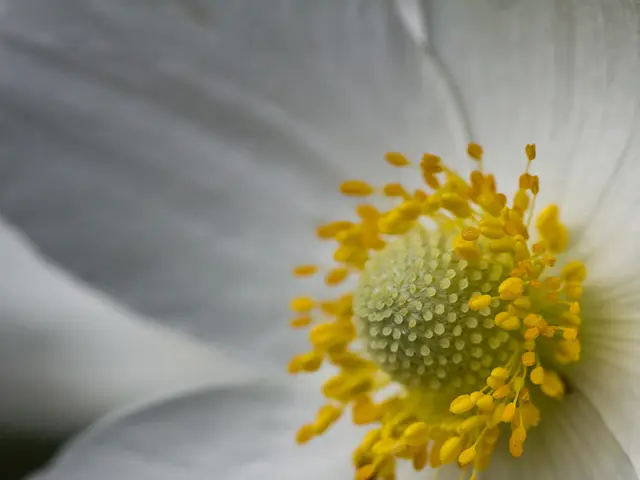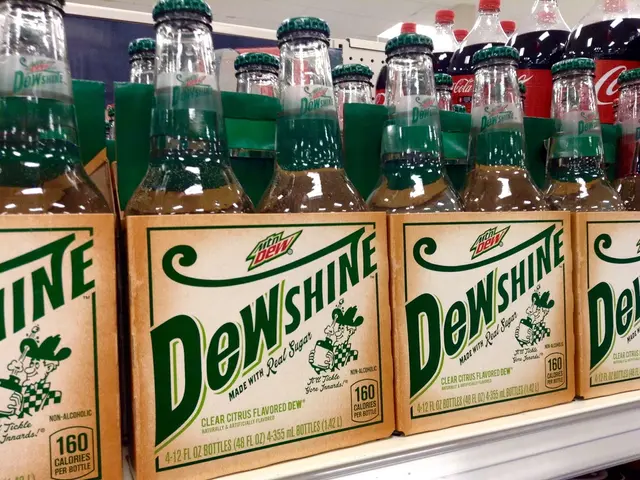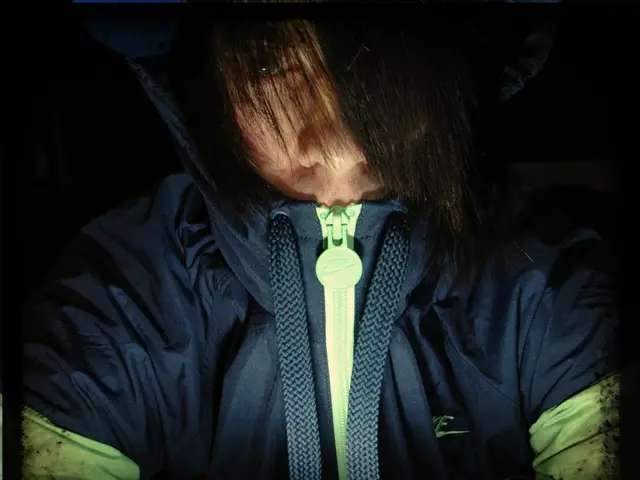Differentiating Age Spots from Skin Cancer: A Guide to Identification
Hey there! Let's talk about age spots, skin cancer, and actinic keratosis – three skin conditions that can look similar but have distinct differences.
Let's start with age spots. These bad boys are flat, dark spots caused by sun exposure and are usually benign. They're typically larger than freckles, have a well-defined border, and don't feel rough to the touch. Unlike skin cancer, age spots don't have any symptoms other than their appearance and aren't painful or itchy.
Now let's move on to skin cancer. Skin cancer comes in various forms like melanoma, basal cell carcinoma, and squamous cell carcinoma. Melanoma often appears as a new or changing mole, while basal cell carcinoma might show up as a shiny bump or pink growth. Squamous cell carcinoma can look like a firm, red nodule or a flat lesion with a scaly surface. In the early stages, skin cancer may not have any noticeable symptoms, but as it progresses, it can cause changes in the skin's texture, color, or sensation.
Actinic keratosis (AK) comes in next. AKs are small, scaly, or crusty patches found on sun-exposed areas. They're often felt before they are seen due to their rough texture and can cause discomfort and itching if they become inflamed or irritated.
So, what's the treatment for these conditions? For age spots, while they're benign, cosmetic reasons might prompt people to consider treatments like cryotherapy, chemical peels, or laser therapy to lighten or remove them.
When it comes to skin cancer, treatment depends on the type and stage. Common treatments include surgery (excision or Mohs surgery), topical creams, cryotherapy, and in severe cases, radiation therapy or chemotherapy.
Finally, AKs need treatment to prevent progression to squamous cell carcinoma. Common treatments include topical creams (like fluorouracil or imiquimod), cryotherapy, and photodynamic therapy.
In conclusion, while all three conditions can result from sun exposure, it's essential to have any suspicious skin changes evaluated by a healthcare professional. Early detection and treatment can make a big difference in the outcome of skin cancer and help prevent the progression of AKs. Stay safe and stay sun-smart!
In the realm of dermatology, age spots, a common result of sun exposure, are flat, dark spots often larger than freckles, recognized by their well-defined borders and benign nature. Unlike cancer, they don't cause symptoms other than their appearance. Skin cancer, on the other hand, comes in various forms like melanoma, basal cell carcinoma, and squamous cell carcinoma, each with unique appearances. For seniors, it's crucial to be mindful of medical-conditions such as these, as skin cancer can progress with little to no noticeable symptoms.
In the context of health-and-wellness and skin-care, it's essential to prioritize preventative measures, like sun protection, to reduce the risk of skin cancer and other skin disorders like actinic keratosis. If these conditions are detected, science offers multiple treatment options, ranging from topical creams to surgery, ensuring there are options to manage and address these concerns effectively.








